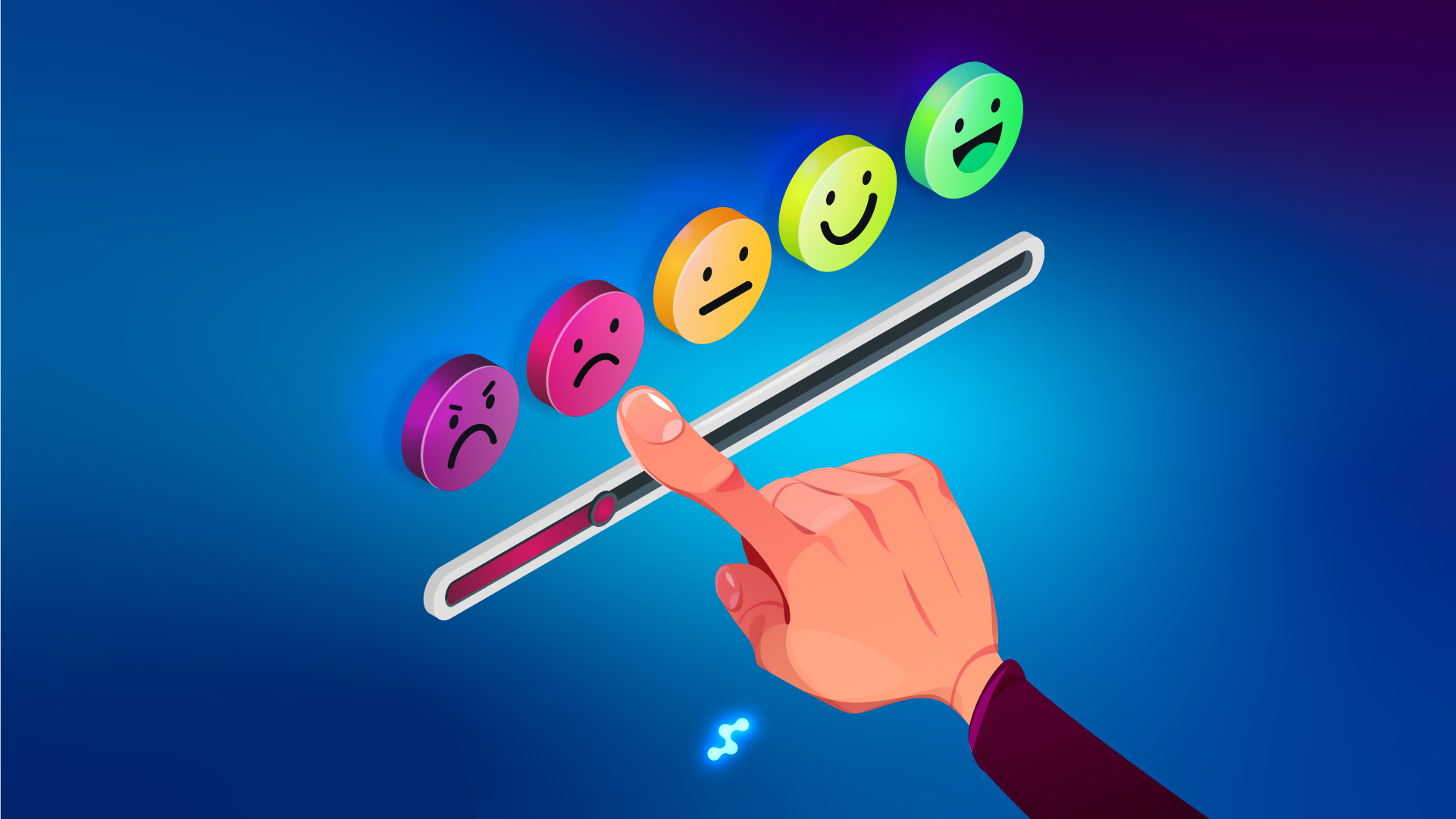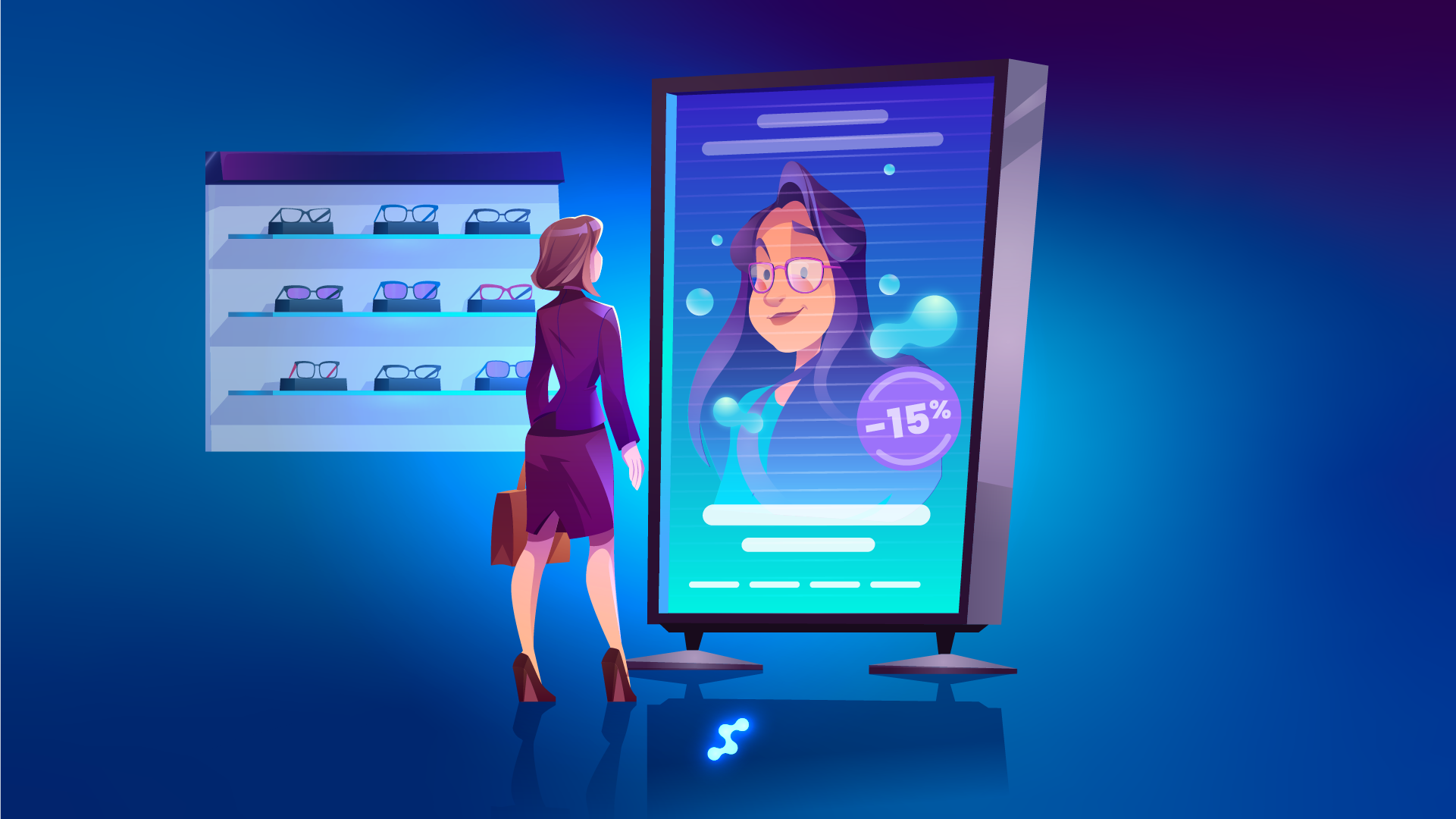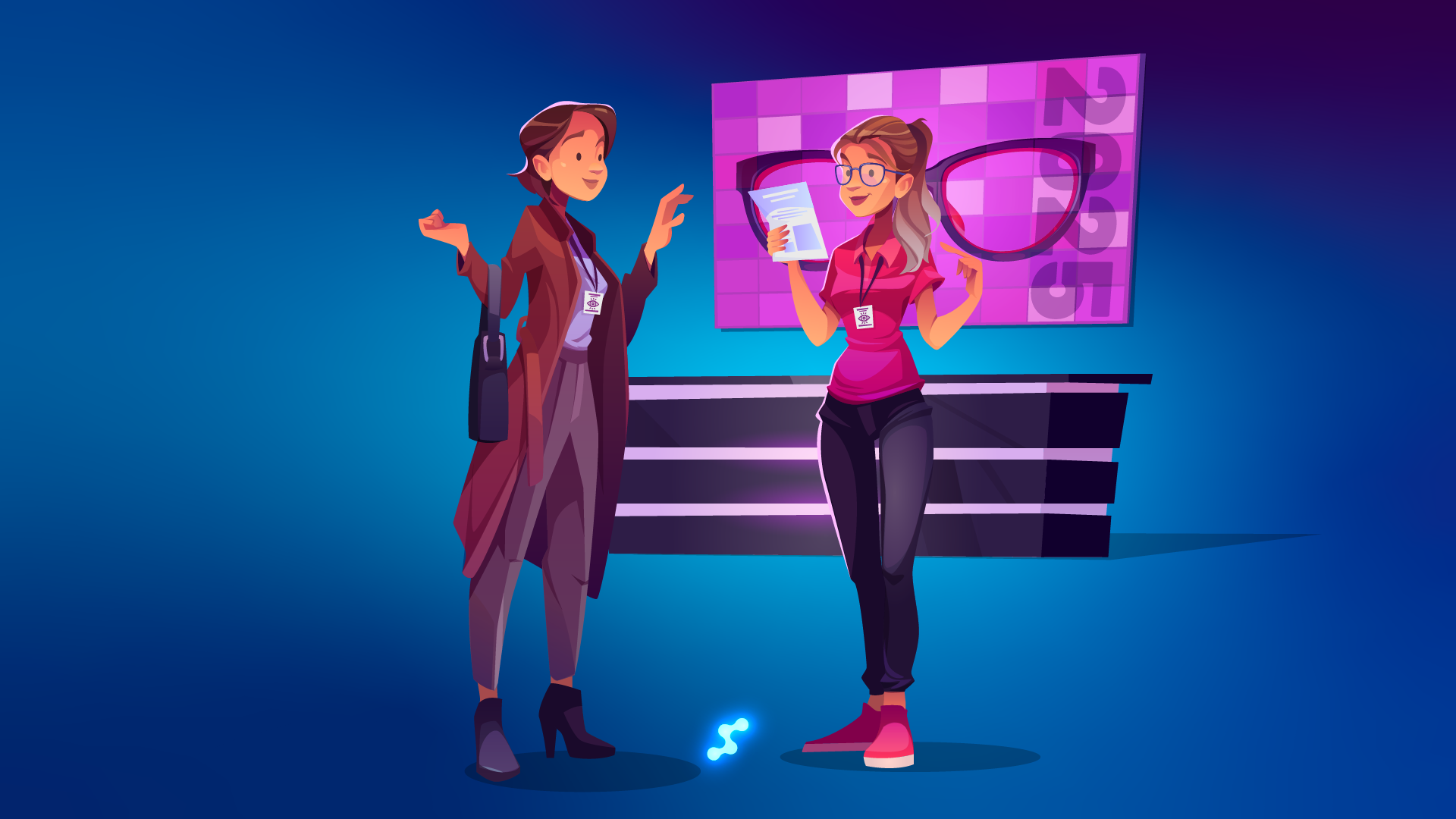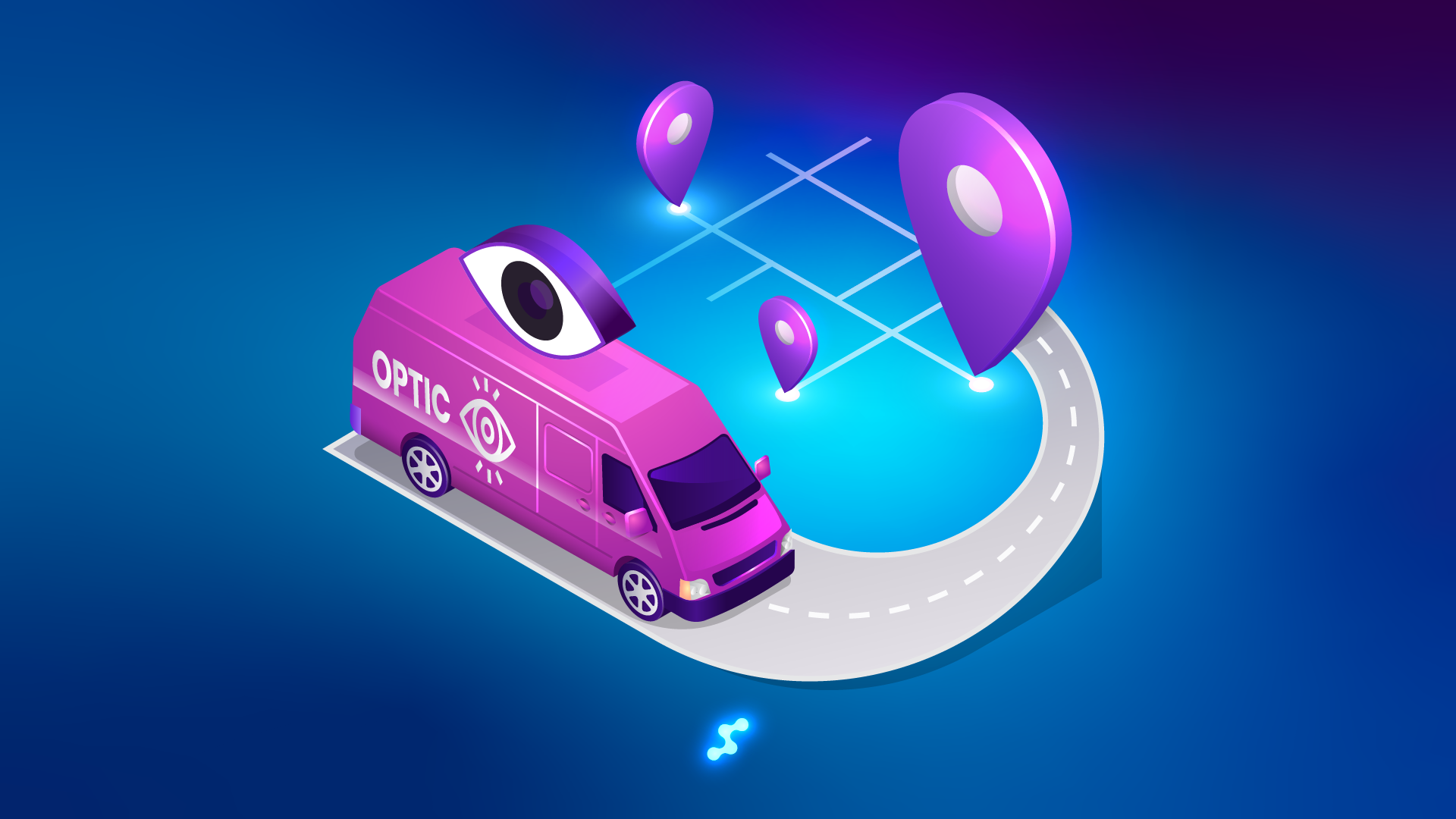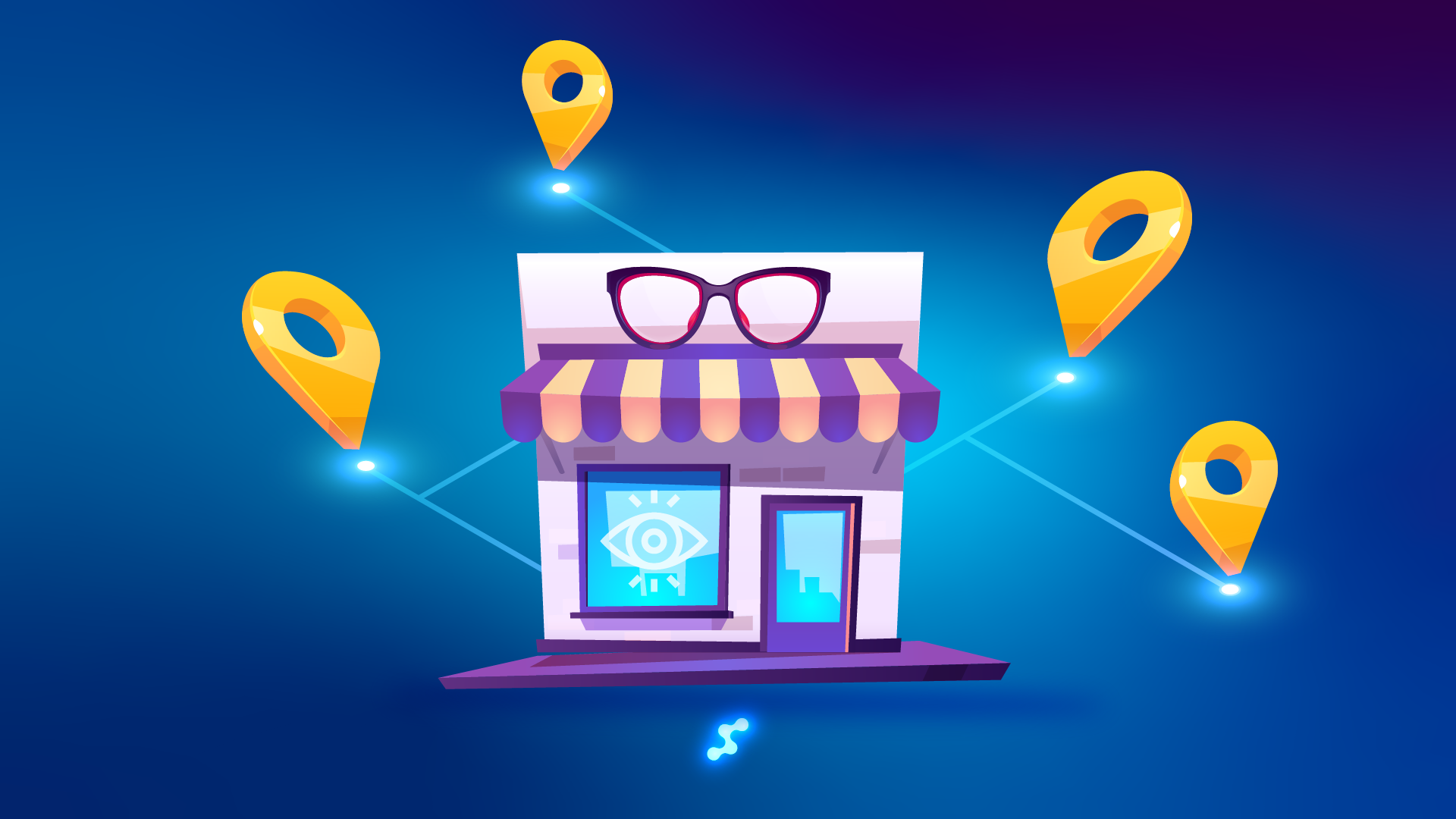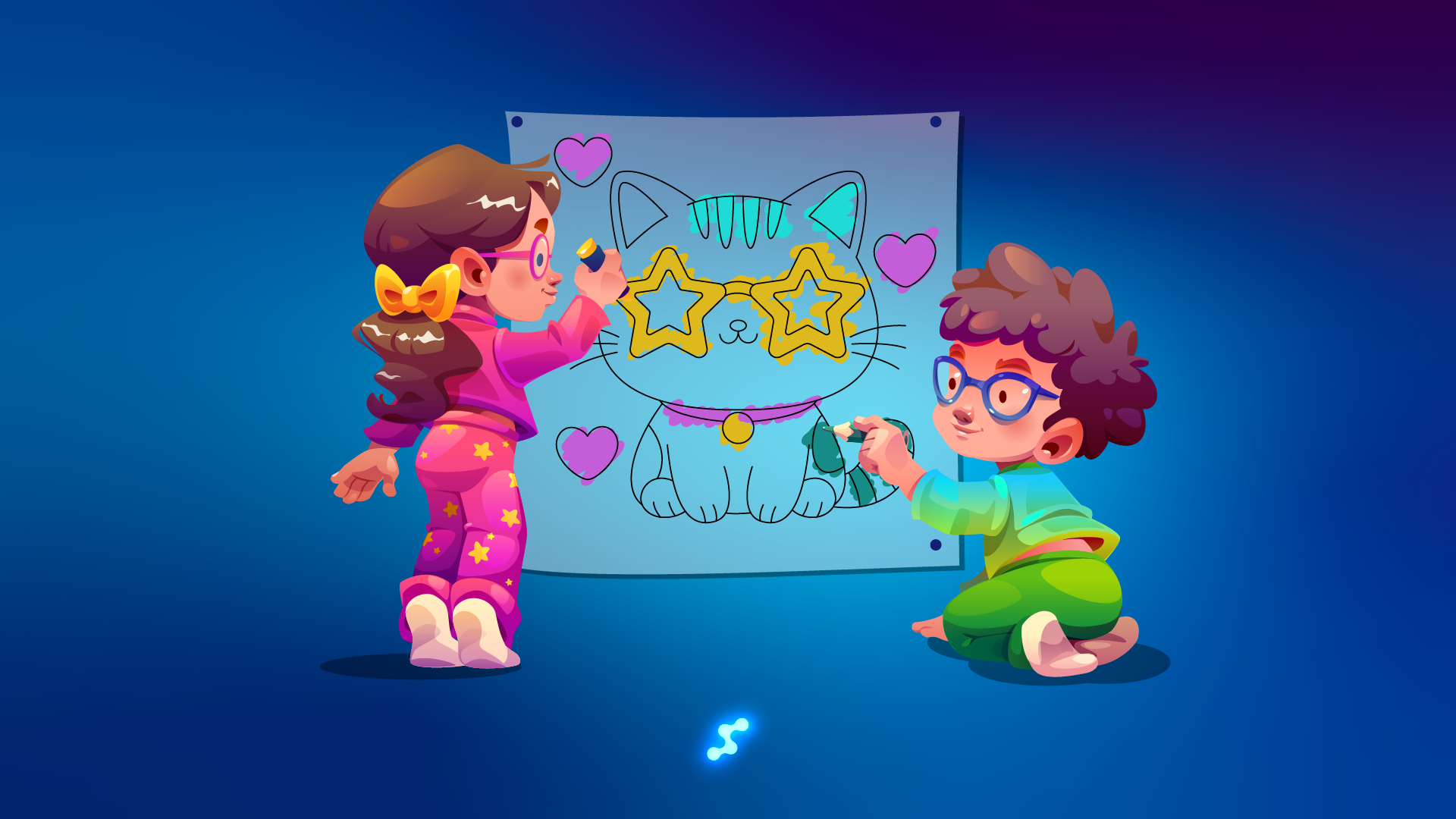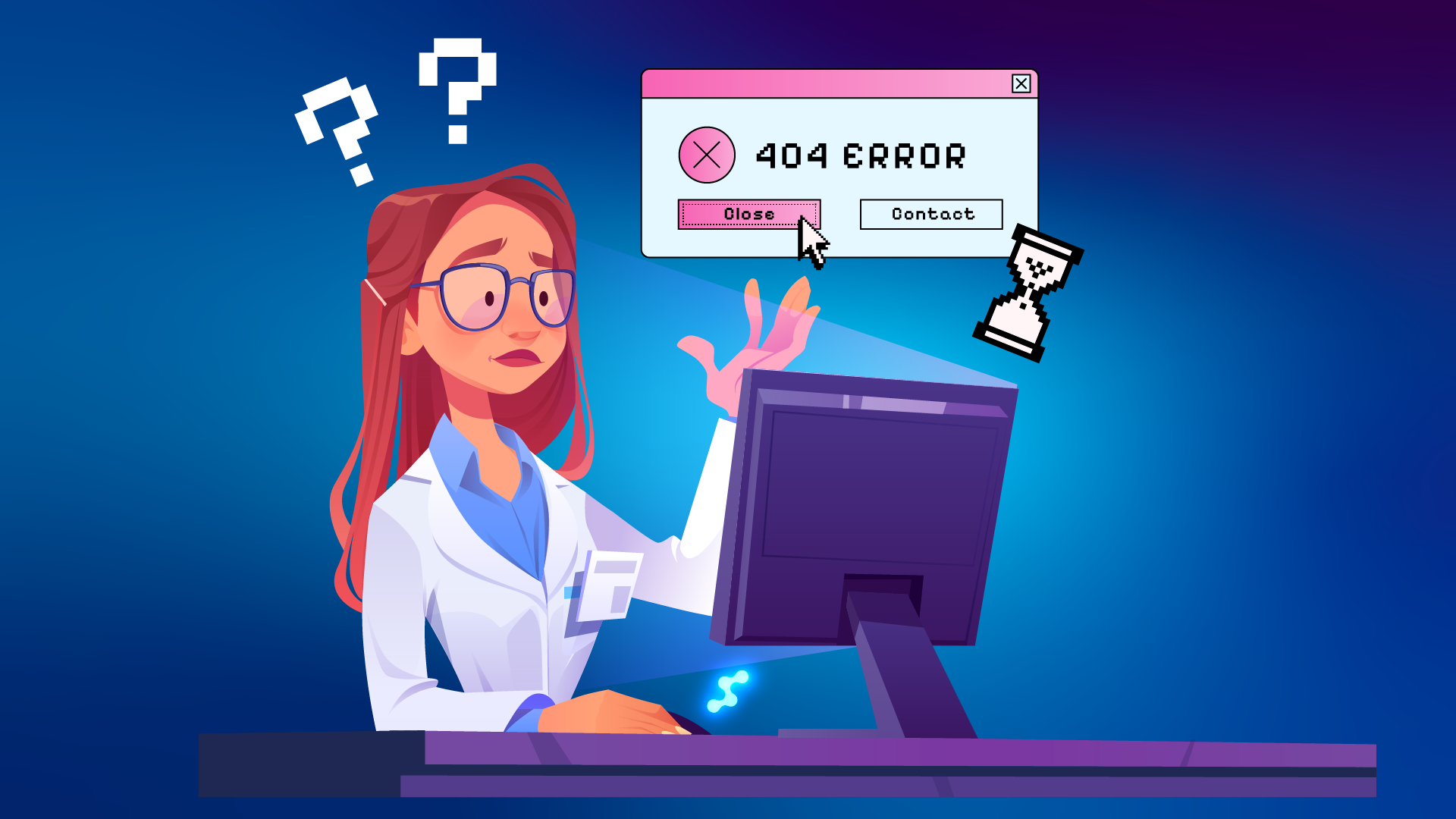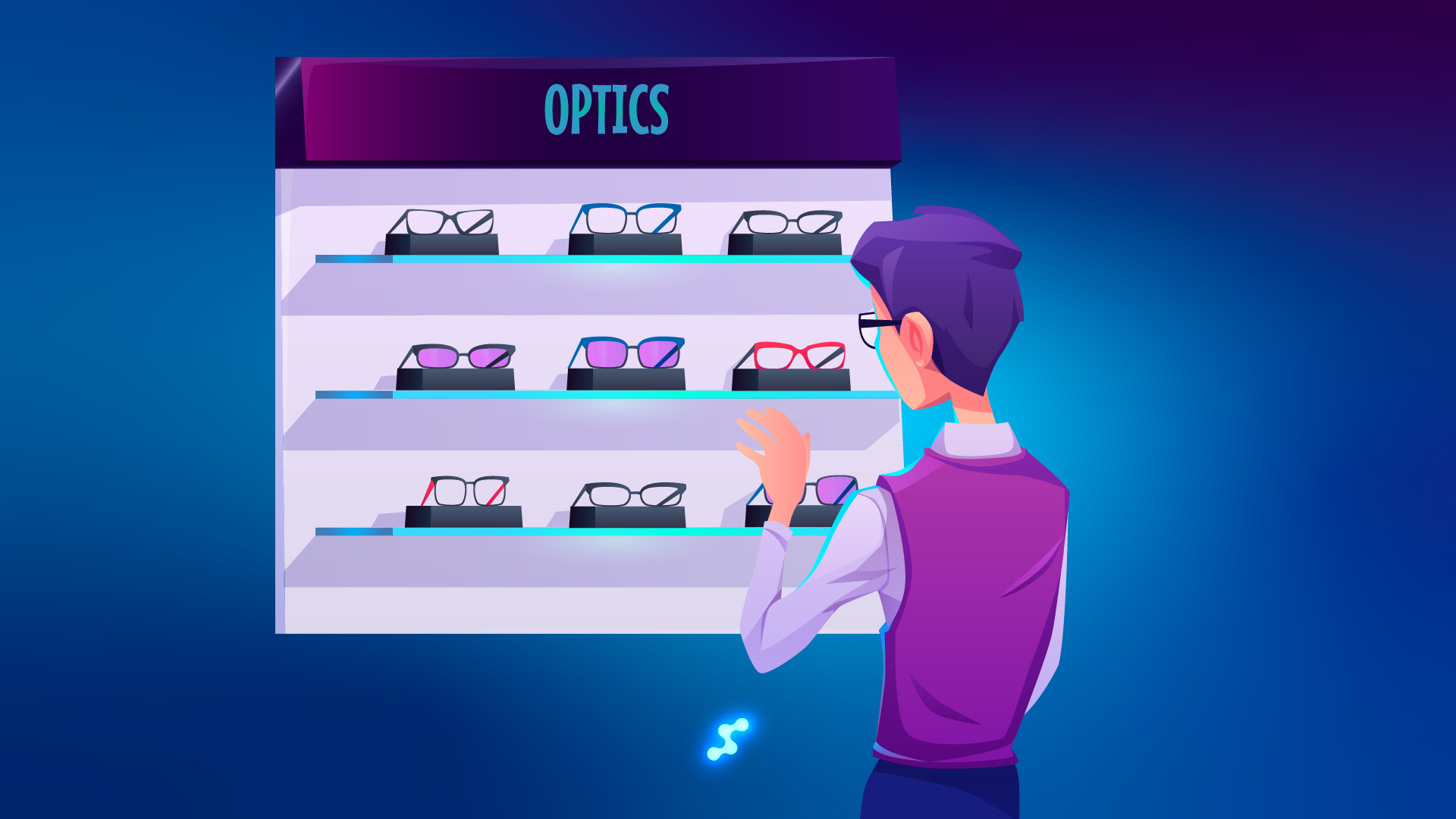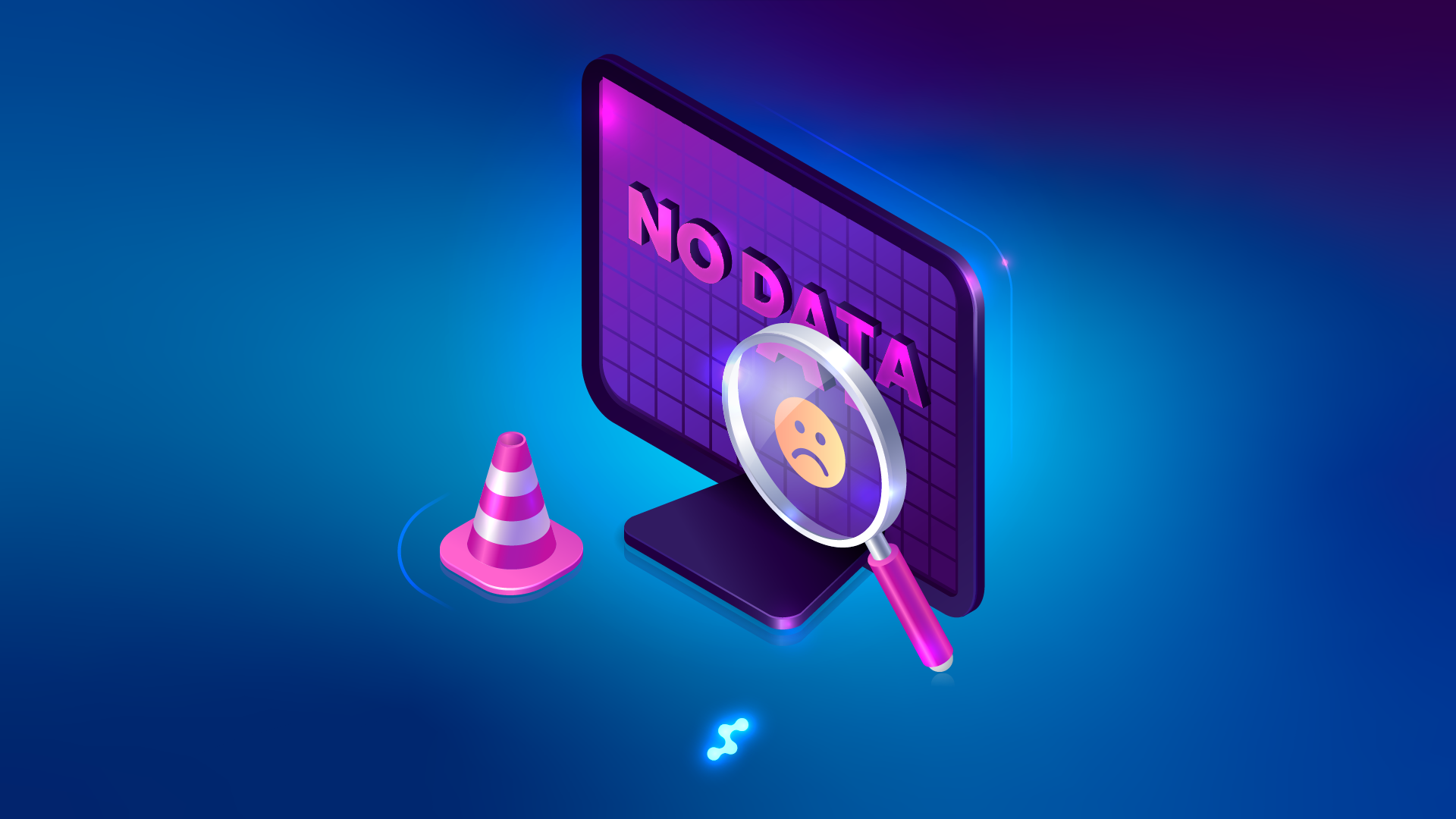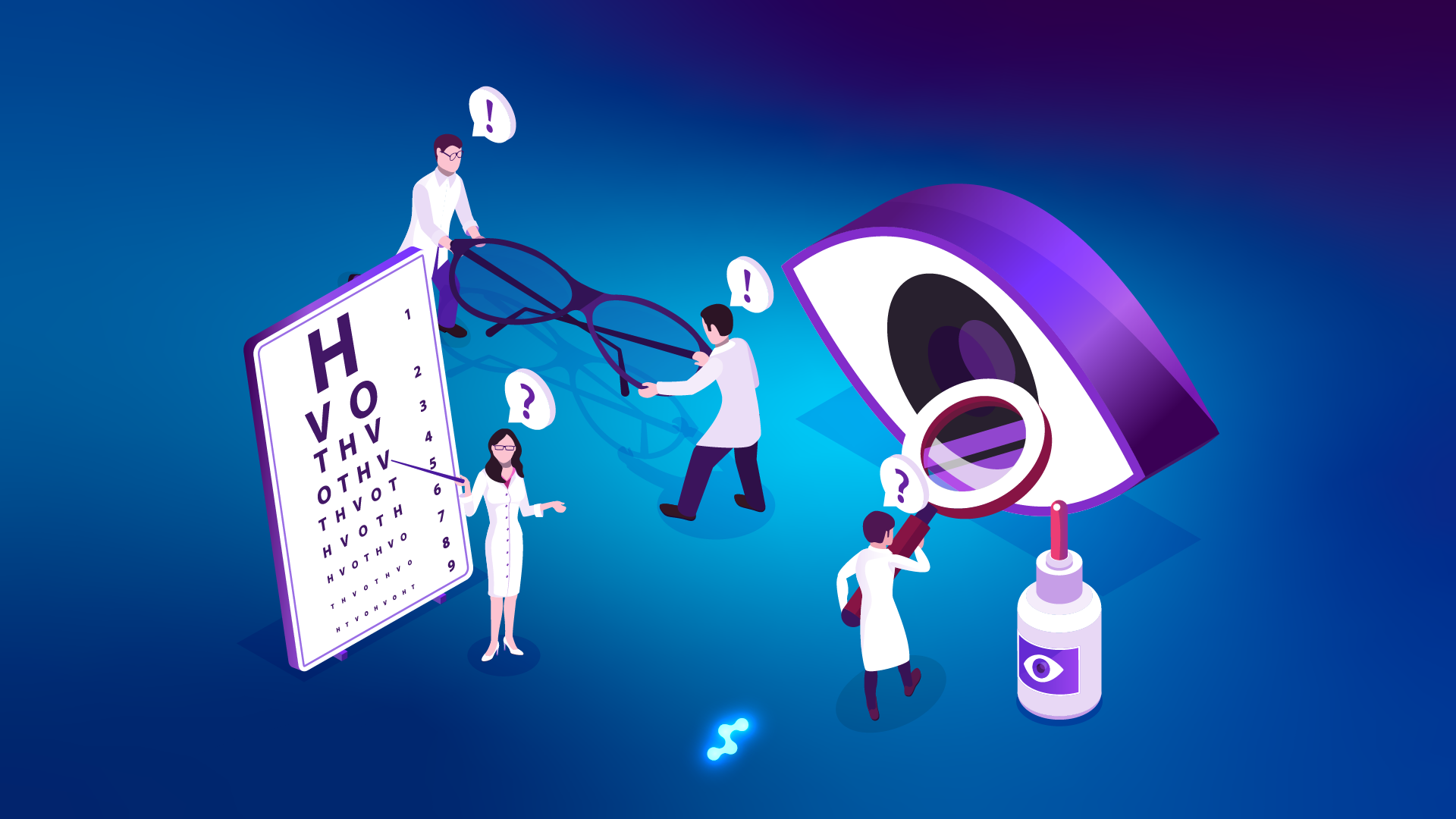Staff Incentives in Optical Retail: Love or Hate?
Incentive systems—commissions, bonuses, and rewards—are a perennial hot topic in optical retail. Some store owners swear by them, others have horror stories, and nearly everyone has an opinion. Do they work? Are they right for every team? And how can you use them in a way that helps your business without backfiring? This practical guide explores when incentives shine, when they fall flat, and how to apply them in real-world optical store scenarios, with a special focus on launching your scheme the right way and fostering a sense of shared investment.

Why Incentives Can Shine
- Boost Motivation: Targeted incentives energise staff, encourage upselling, and can make new product launches more successful.
- Reward Achievement: Employees feel recognised for hitting targets or delivering standout service.
- Focus Attention: Incentives can direct energy toward key business goals, such as promoting new lens technologies or improving customer satisfaction.
Where They Work Best
- Launching new products—bonuses or “spiffs” help staff focus on introducing new lenses, coatings, or accessories.
- Larger teams—individual or team commissions can harness healthy competition and drive results.
- Sales-driven environments—where sales are a major focus, incentives align staff behaviour with business objectives.
Where Incentives Fall Flat
- Teamwork Issues: Too much focus on individual rewards can create rivalry or resentment.
- Pressure and Stress: Aggressive targets may lead to burnout or pushy sales tactics.
- Not Universally Motivating: What excites one person may demotivate another, especially in small, close-knit teams.
When They Backfire
- Tiny teams: In a shop with just an owner and one or two assistants, formal incentives can feel unnecessary or even divisive.
- Service-first cultures: If your brand is built on care and community, sales incentives may clash with your values.
- Unrealistic targets: If goals are out of reach, incentives become a source of frustration.
Are Incentives for Everyone?
- For some things, yes: Incentives work well for driving specific behaviours, like promoting a new product or increasing add-on sales.
- For others, no: They’re less relevant for admin roles or where intrinsic motivation (pride in service, loyalty) is already high.
- In tiny teams, recognition, flexibility, or shared bonuses may be more effective than formal incentive schemes.
The Pitfalls: When Incentives Become Disincentives
- Demotivation: If rewards seem unfair or only a few staff ever win, others may disengage.
- Unintended consequences: Incentives can drive the wrong behaviours, like upselling unnecessary extras or neglecting non-incentivised tasks.
- Crowding out intrinsic motivation: Research shows that external rewards can sometimes reduce engagement for tasks people already find meaningful.
Key studies:
- Journal of Retailing: Individual sales commissions can increase performance but also foster unhealthy competition, especially in smaller teams.
- Deci, Koestner, & Ryan (1999): Extrinsic rewards can undermine intrinsic motivation.
- Harvard Business Review: Incentives focused solely on sales may reduce long-term customer satisfaction.
Test Glasson for 7 days free of charge
Any questions? Leave your contact details and we'll call you back.
When Incentives and Bonuses Work
Incentives are especially effective in optical retail when applied to:
- Insurance & finance products: High-margin, often overlooked unless staff are motivated.
- Bundles: Bundling frames, lenses, and extras makes it easier for customers to get everything they need, often at a better price. Incentivising staff to recommend bundles can increase average transaction value and customer satisfaction.
- As highlighted in a previous article, upselling and bundling aren’t just about boosting sales—they’re about helping customers build eyewear collections that truly fit their lifestyles. By incentivising staff to recommend bundled sets of frames for work, sport, and leisure, you not only increase revenue but also deliver genuine value to your customers.
- Upselling & cross-selling: Incentives remind staff to suggest premium lenses, coatings, or accessories that genuinely benefit the customer.
Best practice: Always align incentives with real customer value, not just sales targets.
Kicking Off Your Incentive Scheme: Why Celebration Matters
Launching your incentive programme with a celebration isn’t just fun—it’s smart business.
Benefits of a Kickoff Celebration
- Builds Buy-In: A kickoff event helps staff understand the goals and mechanics of the scheme, making them more likely to embrace it.
- Creates Positive Energy: Celebrating together fosters enthusiasm and turns the programme into a shared opportunity, not just a management directive.
- Encourages Open Dialogue: It’s the perfect time to answer questions, gather feedback, and address any concerns before the programme starts.
How to Celebrate
- Host a team breakfast, lunch, or after-hours gathering.
- Share the story behind the scheme—why it matters for the team and the business.
- Recognise past achievements and set the stage for future success.
- Try to involve staff in setting goals or choosing rewards.
Sharing in Store Success: Building a Sense of Investment
When staff share in the store’s success, they feel more invested, loyal, and motivated.
Why Shared Success Works
- Sense of Belonging: When staff see that their efforts directly impact the store’s results (and their own rewards), they feel more connected to the business.
- Motivation and Engagement: Profit-sharing, team bonuses, or even public recognition can make staff feel valued and invested in the outcome.
- Improved Retention: Employees who share in success are more likely to stay, as they feel their contributions matter and are appreciated.
Ways to Share Success
- Implement team-based bonuses or profit-sharing schemes.
- Regularly communicate store performance and celebrate milestones together.
- Publicly acknowledge individual and team contributions.
Actionable Advice: How to Apply Incentives in Your Store
Boosting Sales of Blue Light Lenses
- Set a clear target: Offer a small bonus for every blue light lens sold.
- Train staff: Hold a short morning huddle to share talking points and success stories.
- Track progress: Use your store management system to monitor sales and see who’s engaging customers most effectively.
- Celebrate wins: Highlight top performers in team meetings and share tips that work.
Encouraging Bundles and Lifestyle Upselling
- Bundle incentive: Offer a bonus for every customer who buys a complete set (e.g., work, sport, and leisure frames).
- Lifestyle profiling: Record customer interests and previous purchases, so staff can suggest relevant bundles.
- Customer journey: Set up automated follow-up reminders to check in after purchase—did the customer love their new sports frames?
Improving Customer Satisfaction and Referrals
- Feedback rewards: Offer a monthly bonus for staff who receive the most positive feedback or referrals.
- Automated surveys: Send post-visit surveys and collect responses directly in the customer record.
- Recognition: Share positive feedback with the team and highlight great service moments.
For tools that help you track sales, customer feedback, and automate follow-ups, see what Glasson offers at www.glasson.app.
Best Practices for Incentivising Upselling and Add-Ons
- Incentivise products that add real value
- Train staff to identify customer needs
- Set clear, fair targets
- Monitor customer feedback and satisfaction
- Review and adjust programmes regularly
Avoid:
- Pushing irrelevant or unwanted extras
- Making every interaction a sales pitch
- Overcomplicating the incentive structure
- Ignoring negative feedback or complaints
- Letting incentives run on autopilot
Practical Scenarios
| Scenario | Potential Outcome | Pitfall to Watch For |
| Small team, big commission | Resentment, unhealthy competition | Demotivation for non-winners |
| Team bonus for service | Collaboration, shared purpose | “Free-rider” problem if not managed |
| Spiffs on add-ons | Boosts sales of extras | Pushy sales, customer trust issues |
| Reward for customer praise | Encourages service excellence | Hard to measure fairly |
Case Studies: Incentives in Action
Case Study 1: Small Independent Store
A small independent optical store with a team of three implemented a simple team bonus programme focused on overall sales and customer satisfaction. They set achievable monthly targets and rewarded the entire team equally when goals were met. This approach fostered collaboration and avoided internal competition. Over six months, the store saw a 15% increase in sales and a noticeable improvement in customer feedback scores. Staff reported feeling more motivated and valued, with reduced stress compared to previous individual commission schemes.
Case Study 2: Medium-Sized Chain
A regional optical chain with 10 locations introduced a hybrid incentive programme combining individual commissions on product sales with team bonuses based on store-wide customer satisfaction metrics. They used detailed tracking and transparent reporting to ensure fairness. The programme encouraged both personal accountability and teamwork. After one year, the chain reported a 20% increase in upselling of premium lenses and coatings, alongside improved employee retention rates. Regular training and feedback sessions helped maintain motivation and address concerns promptly.
Case Study 3: Service-Focused Boutique
A boutique optical store emphasising personalised service chose to focus incentives on customer service excellence rather than sales volume. They rewarded staff monthly based on positive customer reviews and referrals, using automated survey tools to collect feedback. This approach aligned with their brand values and attracted a loyal customer base. While sales growth was moderate, staff satisfaction and retention improved significantly, and the store developed a strong reputation for exceptional care.
Want to see Glasson's full potential?
Book a presentation
Measuring the Effectiveness of Incentive Programmes
To ensure your incentive programme delivers results, establish clear metrics from the start:
- Track sales figures, average transaction values, customer satisfaction scores, and staff turnover rates.
- Use regular surveys and feedback sessions to gauge staff morale and motivation.
- Analyse data monthly or quarterly to identify trends and areas for improvement.
- Adjust targets and rewards based on performance and feedback to keep the programme relevant and effective.
Tips for Designing and Managing Incentive Programmes
- Involve your team in the process to increase buy-in and ensure the rewards resonate.
- Keep the programme simple and transparent, with clear criteria and achievable goals.
- Balance individual and team incentives to promote both personal accountability and collaboration.
- Consider non-monetary rewards like recognition, training opportunities, or flexible scheduling to complement financial incentives.
For more ideas on staff engagement and retention, explore the resources at www.glasson.app.
The Psychology of Motivation and Incentives
Understanding motivation is key to effective incentives:
- Intrinsic motivation—driven by personal satisfaction and purpose—can be undermined by poorly designed extrinsic rewards like commissions.
- Aim to support intrinsic motivation by recognising effort, providing meaningful feedback, and fostering a positive work environment.
- Use extrinsic incentives to complement, not replace, intrinsic drivers.
Pitfalls and How to Avoid Them
Common pitfalls include:
- Setting unrealistic targets
- Creating overly complex schemes
- Neglecting fairness
- Ignoring the impact on team dynamics
How to avoid them:
- Regularly review your programme
- Solicit staff feedback
- Be willing to make changes
- Watch for signs of stress, burnout, or unethical sales behaviour and address issues promptly
Legal and Ethical Considerations
- Ensure your incentive programme complies with local labour laws and industry regulations.
- Avoid incentives that encourage misleading sales tactics or pressure on customers.
- Maintain transparency with staff about how incentives are calculated and paid.
- Consider ethical implications, especially when incentivising insurance or finance products, to protect customer trust and your store’s reputation.
The Evidence: Incentives, Satisfaction, and Staff Retention
- Higher job satisfaction: Both financial (bonuses, commissions) and non-financial (recognition, career development) incentives are linked to increased employee satisfaction. Employees who receive regular, meaningful incentives report greater contentment and engagement at work.
- Lower turnover and higher retention: Organisations with comprehensive incentive programmes see significantly reduced turnover rates. For example, studies show that strong benefits and incentives can reduce the likelihood of turnover by 26% and increase retention by 14%.
- Balanced approach works best: Monetary incentives (bonuses, commissions) provide quick satisfaction, while non-monetary rewards (recognition, flexibility, growth) foster long-term loyalty. The best results come from combining both.
| Incentive Type | Effect on Satisfaction | Effect on Turnover/Retention |
| Monetary (bonuses) | Quick boost, addresses needs | Reduces short-term turnover |
| Non-monetary (recognition, development) | Sustained satisfaction, engagement | Stronger long-term retention |
| Combined approach | Highest satisfaction reported | Lowest turnover, highest loyalty |
Kickoff & Shared Success: The Power of Celebration and Ownership
Keep success visible: Celebrate wins and milestones throughout the year, not just at launch, to maintain momentum and engagement..
Kick off your incentive scheme with a celebration: Launching with a team event builds excitement, encourages buy-in, and sets a positive tone.
7-day free trial
Got Any Questions? Let us know in the Contact Us form below.
Share in success: When staff participate in the rewards of the store’s performance—through bonuses, profit-sharing, or public recognition—they feel a genuine sense of investment and ownership.

Key Takeaways
- Incentives can be a powerful tool—but only when tailored to your team, culture, and goals.
- For some teams and scenarios, they’re a game-changer; for others, they’re unnecessary or even harmful.
- The biggest pitfall is turning a motivator into a demotivator—so keep programmes simple, fair, and aligned with your store’s values.
- Regularly review and adjust your approach, and don’t be afraid to ask your team what truly motivates them.
- Launch your scheme with a celebration and foster a culture of shared success for the best results.
For more tools and resources to help you manage your optical store, streamline communication, and motivate your team, visit www.glasson.app.
 English
English  Polski
Polski  Čeština
Čeština  Deutsch
Deutsch  Español
Español  Français
Français  Ελληνικά
Ελληνικά  Hrvatski
Hrvatski  Italiano
Italiano  Lietuviškai
Lietuviškai  Magyar
Magyar  Nederlands
Nederlands  Português
Português  Română
Română  Slovenčina
Slovenčina  Svenska
Svenska  Türkçe
Türkçe  Русский
Русский 

